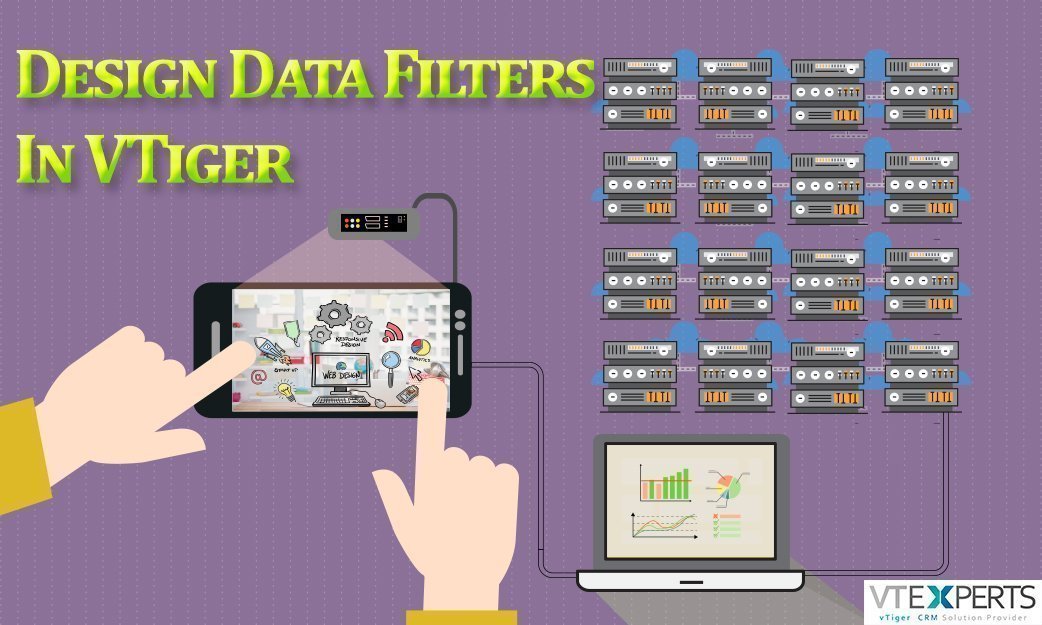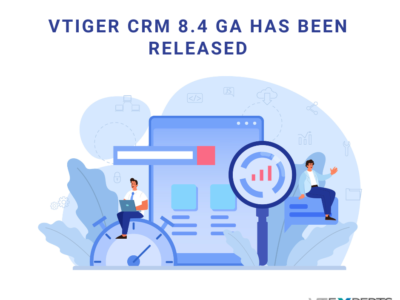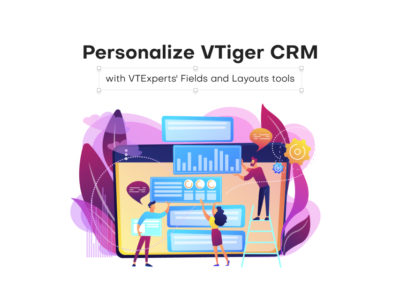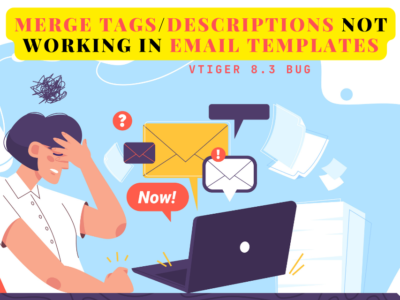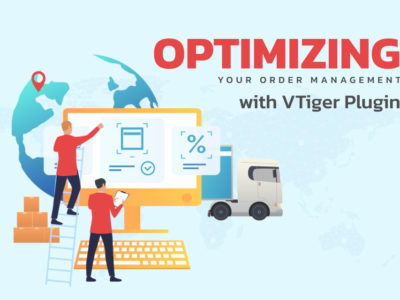The world we live in is the world of data, only those can prosper in current era who possess accurate data. In fact, data is emerging to be a stronger tool as compare to any other lethal weapon, people who underestimated the power of precise data in the current business environment faced serious challenges while carrying out business operations. So we should admire the power of correct data and make efficient use of it so that good profits for the business can be yielded. So embrace the power of data and make operations of your business more precise and to the point. Following is a famous saying by Carly Fiorina
“The goal is to turn data into information, and information into insight.”
This shows how data can change the perspective of the whole business
VTiger 7 Filters Empowered by Custom Filter Designing
We are bombarded with data in routine life, no matter which CRM are we using. In such condition when a person is overloaded with data, do you think it is a good idea to process all the data for performing a specific operation? Rather data is related to that operation or not? Obviously, it is a bad decision to use all the data and to solve this problem VTiger 7’s Filter feature came into play. They help in filtering the data according to the customized filters designed by you as per your requirements. Many users think that designing anything customized is a very difficult task. Well, no need to worry about designing the customized fields, as VTiger 7 ensures to make CRM simple and easy for the users without compromising its true strengths.
How VTiger 7 Filters Work
Using VTiger 7, you work in a module and the Filter works in relation to that module. Consider VTiger 7 filter feature as a funnel. As an input, all the records of that module are entered into the filter (funnel). The customized conditions are applied on the records and only those records are presented as an output which fulfills the condition applied to them rest are discarded. While designing a custom module, you have to name the filter. Make sure that name identifies the purpose of the filter you are designing in minimum word length. Avoid to name the filters as filter1, filter2 and so on, because these names fail to signify the purpose of the filter and can cause misunderstanding.
Using this feature of VTiger 7 filter, you can screen out the records which are of no use to you. Let’s take an example to clarify this concept. There are 1000 records in a module and all of them are related to the price of the product ranging from $100 to $1000. You want to separate records whose prices are greater than $500. If you start to perform this task manually it will take a lot of time, plus the chances of making a mistake are very high. But, if you use the VTiger 7 filter feature you just have to implement a requirement in a filter according to which only those records will be shown as output whose product prices are greater than the $500. Say there are 300 records with the value of product greater than $500, they will be filtered within minutes without any error.


